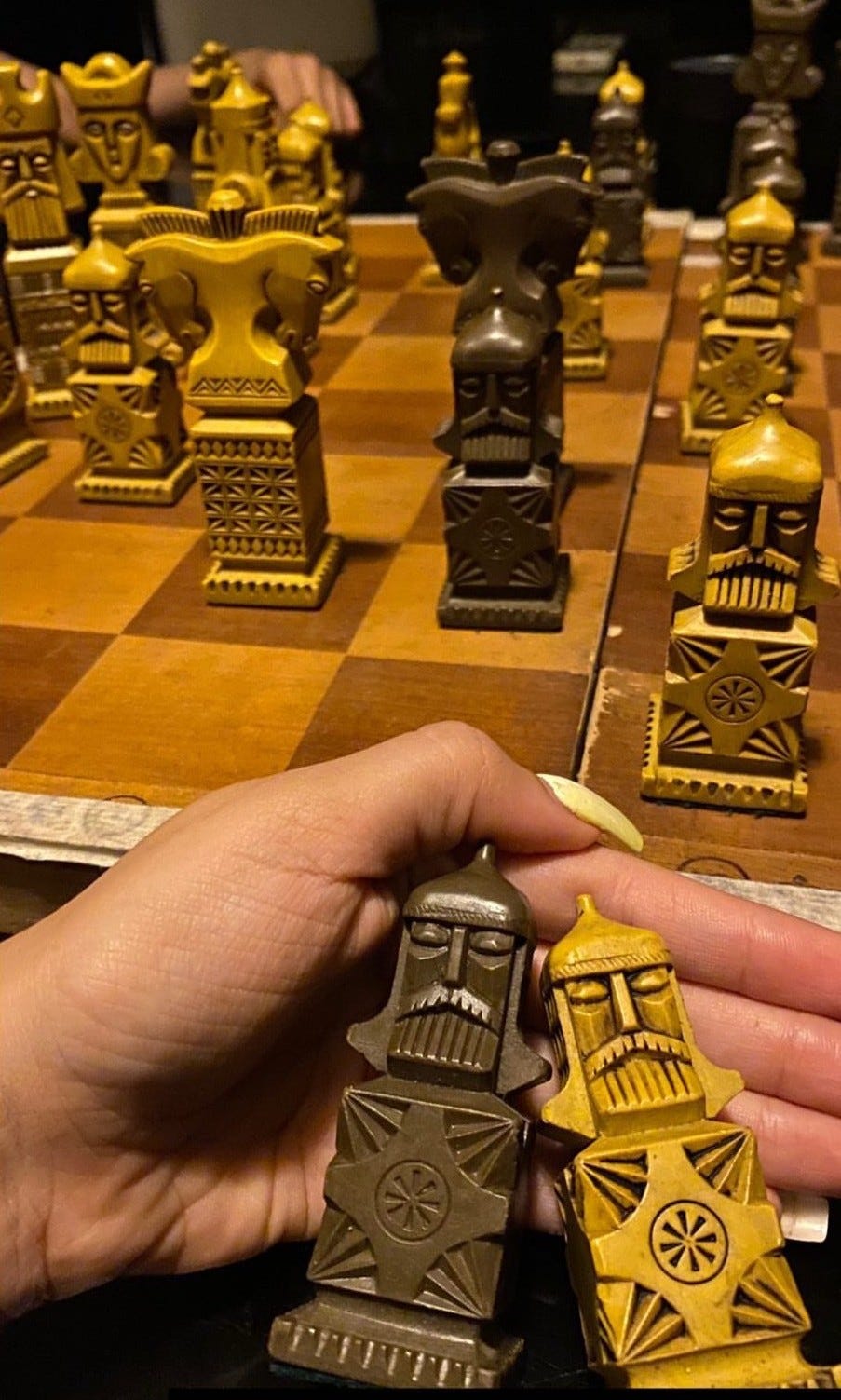Uttar Pradesh, India
Feeding your soul and stomach
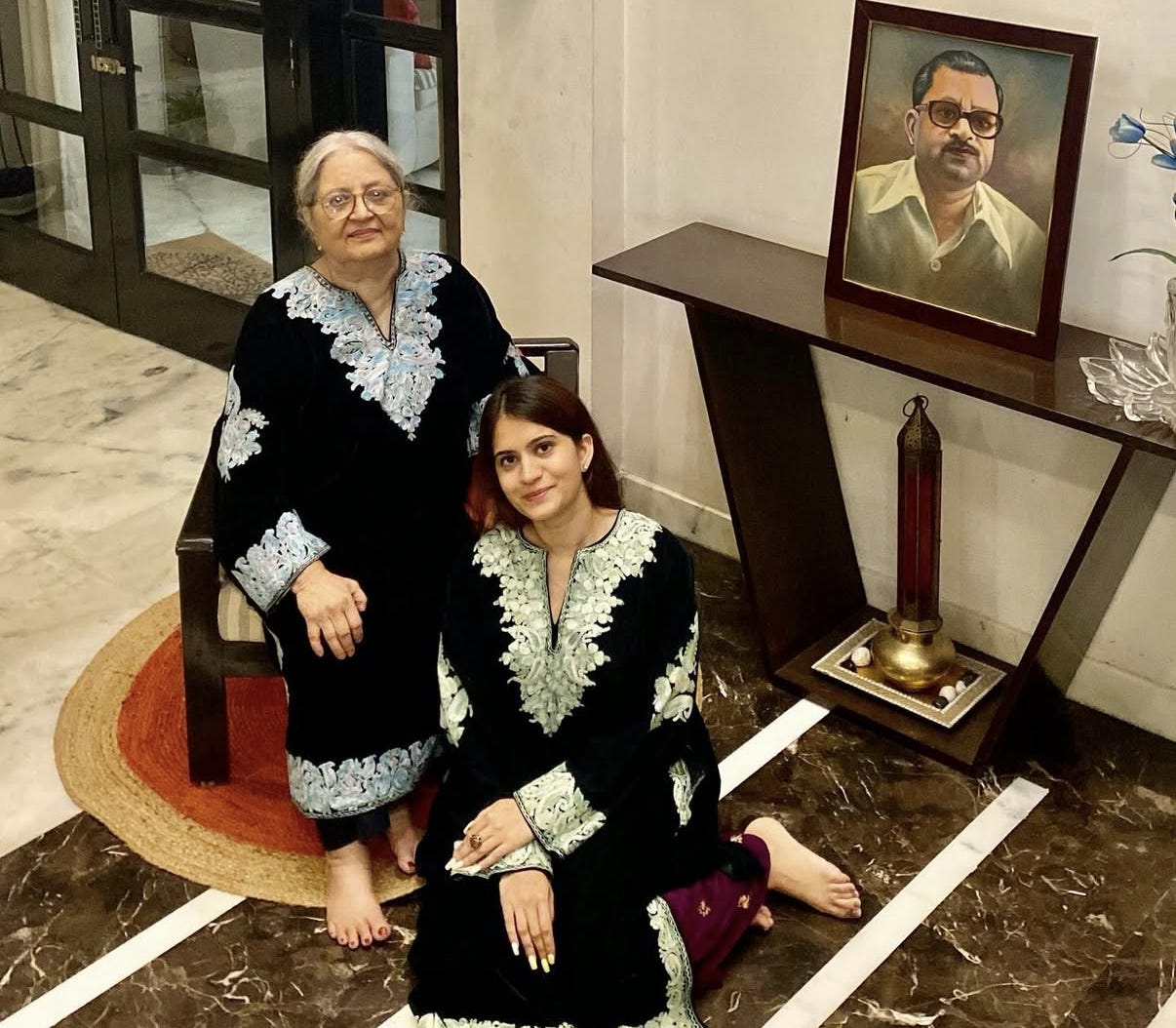
Land of snake charmers? As an Indian girl living and working abroad for now over 10 years, I’ve often met people who still ask, only half-jokingly, if India is truly a land of snake charmers?. I usually brush it off — chalking it up to outdated stereotypes from a hundred years ago
Until one day, at my grandmother’s house in Uttar Pradesh, I actually saw one.
A snake had been spotted near the forested patch behind the house, and someone called in a local expert. He showed up with a flute-like instrument and began playing a haunting melody that echoed through the trees. Here's the twist: snakes are tone-deaf—they don’t hear music the way we do. But they can feel vibrations. The sound travels through the ground, disturbing the snake and luring it out of hiding. It’s not magic; it’s some type of physics! with okay a side of spectacle and performance. But less superstition.
Agra’s Wonder of The World. As a child growing up in North India—Delhi, specifically—visiting the Taj Mahal was practically a rite of passage
It was the go-to destination for school field trips, extended family weekends, and later in life, a popular detour for spontaneous drives with friends (thanks to the smooth 3-4 hour ride on the Yamuna Expressway from Delhi to Agra). Between childhood and adulthood, I’ve probably seen India’s most iconic monument a dozen times. And yet, each visit left me concluding how The Taj is rightfully one of the seven wonders of the world.
The Taj’s grandeur is timeless. Constructed over 22 years in the 1600s by over 20,000+ artisans and laborers, the white marble mausoleum was commissioned by the Mughal Emperor Shah Jahan as an eternal tribute to his beloved wife Mumtaz Mahal, who died during childbirth. Every intricate floral motif and calligraphic inscription is hand-carved, inlaid with semi-precious stones.
Of course, every legend has its shadows. Local guides will often (and theatrically) recount tales that Shah Jahan amputated the hands of his artisans to prevent them from replicating such beauty elsewhere—though this has never been historically verified. Others whisper about his other wives' jealousy or the tragic irony of Shah Jahan himself spending his last years imprisoned by his son, gazing at the Taj from Agra Fort. Take these tales as part of the folklore—they add drama, but shouldn’t overshadow the wonder that is the Taj.
Additions of Mathura for sweets, Vrindavan for god. Most tours to Agra are supplemented with two other stops on the north west front of Uttar Pradesh, one at Mathura for the famous Pedas (Indian sweet), and Vrindavan for paying tribute to Lord Krishna (a Hindu deity that people outside India may know through the ISCON Temples, or Hare Krishna movement - founded in New York city but owes origin to Vrindavan!). The streets In Vrinadavan are dotted with ancient temples, cow-filled alleys, and flower vendors selling garlands for deities. You’ll likely hear the sound of bhajans (devotional songs) playing in the background as monkeys hop across rooftops - its a coalition of dare I say myth and moden day life.
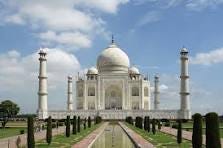
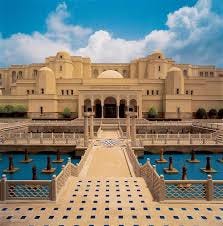
Lucknow’s food coma. Uttar Pradesh’s charming capital and where I spent many of my summers at my grandparents’ home—was a perfect holiday spot. If you’ve grown up visiting grandparents in India, you’ll know what I mean when I say those trips feel like royalty. And if those grandparents are from Lucknow, then that royalty is spelled out in food
Mornings kicked off with a breakfast spread that could rival hotel buffets. My grandfather always said: "Breakfast like a king, lunch like a queen, and dinner like a pauper." The last bits we conveniently ignored. There’d be Pyaaz ki Kachori (onion-stuffed fried bread), aloo sabzi, and the city's legendary Galouti kebabs—so soft, they didn’t even need chewing. Occasionally, we’d hear the jingle of a pushcart selling Malai Makhan, a winter delicacy of whipped cream and saffron, and I would rush to the window asking the pushcart to stop. No day was complete without rounds of chai—2 to 5 times, minimum. Chai in India isn’t just a drink; it’s a pause button on life. Whether you’re home, in office, or on the street, someone’s always brewing it.
As for things to do—Lucknow isn’t all food and naps. There’s the Bada Imambara, with its architectural maze (Bhool Bhulaiya)—a great place to get lost, literally. A network of narrow, winding passageways—about 1,000 of them—laid out across three stories of arched corridors. Some corridors loop back to the same point, while others lead to hidden balconies or dead ends. The clever design was meant to confuse invaders or protect escape routes back in the 1700s when it was constructed. I remember running around the rooms as a kid, enjoying the acoustical effects of whispers and singing in the echo chambers with my resounding voice singing back
Then there’s The Residency, an atmospheric British colonial complex with gardens and ruins. As a kid, my dad would take me there and make me climb trees. With each tree I climbed my father would applaud me, making me feel proud of my achievement, urging me to climb more trees. In the times I did not succeed and fell, he was there to pick me up. While spending years on my favorite activity-turned-skill did not make me an expert climber, not even close, It instilled in me a spirit of adventure that I continue to seek even today. That I owe to Residency.
It was more in my tenage years that I discovered another part of the city—Hazratganj. Lucknow’s answer for boutiques selling delicate Chikankari hand embroidery—perfect for kurtas, stoles and dresses, some that I still have today.
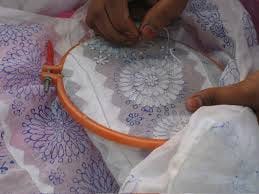
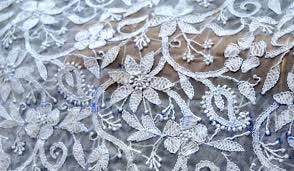
Mirzapur and Marmalade. Most Indian families living in big, cosmopolitan cities like Delhi or Mumbai usually trace their roots to smaller towns or villages. These cities, in many ways, are a mosaic formed by such migrations. My own family is one of them—we trace our origins to Uttar Pradesh, to a lesser-known village called Mirzapur.
Now, most people only know of Mirzapur thanks to the Netflix series ‘Mirzapur’, complete with guns, gangs, and gritty power struggles. But that’s not the Mirzapur I grew up seeing. My Mirzapur was the land of my great-grandmother’s farm. As kids, my cousins and I would run around the orchard within the house grounds, tasked with plucking narangis (tiny oranges) that were later turned into homemade marmalade.
We’d watch the older women gather in the kitchen, chatting as they peeled, stirred, and simmered the orange sauce. My grandmother would carefully fill small glass jars, adding handwritten labels with the names of family friends they were to be gifted to. I remember helping stick those labels on, and years later, receiving those very jars when I lived farther away. That’s my Mirzapur—full of jam jars. Truth be told, I didn’t explore much beyond our ancestral home and the orchard—so that’s what I’d recommend: a homestay in Mirzapur! probably also what the dark Netflix series will advise, being indoors.

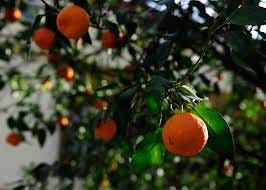
Allahabad’s law and rivers. Allahabad (now officially Prayagraj) is home to India’s first High Court—and not just any court, but the one that serves Uttar Pradesh, a state of over 200 million people (that’s more than most countries!). The scale makes the legal system here absolutely central. Walk through the city and you’ll inevitably pass black-gown-clad lawyers weaving through the crowds or sipping chai at roadside stalls. And just as legendary as the courts is another local institution: El Chico—the city’s oldest and arguably best bakery. I cannot recall a single visit to Allahabad without a mandatory stop at El Chico.
The city hosts every 12 years the Kumbh Mela. 100+ million people (yes, that many) arrive from all corners of India—monks with ash-smeared bodies, sadhus with dreadlocks, families in matching saris, and tourists with wide eyes—each with their own reason but a shared ritual: taking a dip in the holy river. That moment of submerging in the water is believed to wash away lifetimes of sin.
My family has visited the Kumbh, but I’m yet to make that pilgrimage. And when I do, I already know exactly how it’ll go—me clinging to my mother’s hand as we wade through the crowds. Even after spending 20 years growing up in India, the sheer scale of it all still feels overwhelming. So here’s my honest advice: if you're thinking of going, be prepared—or better yet, go with someone who knows the ropes and can guide you through the chaos (and the magic).
Religious affair at Ayodhya. Ayodhya is one of those places you’ve probably heard about—even if you didn’t grow up in India. For me, it was always part of childhood bed-time stories and dinner-table debates. It's where Lord Ram was believed to be born, the hero of the mythological epic Ramayana that every Indian kid has seen animated (or acted out at school at least once). I haven’t made the trip yet, but if I do—it would be to see what the fuss is about, fuss about the Ram Mandir.
This newly built temple is layered with a complicated backstory. Presumably there once existed a centuries-old mosque, the Babri Masjid at or around this location. Some believe it was demolished by Hindu activists claiming it was the birthplace of Ram. What followed was one of the most intense religious-political controversies India has ever seen. Fast forward to 2019, the Supreme Court ruled in favor of temple construction, and so the Hindu temple is now being constructed.
Every event in the life of Ram is celebrated in Ayodhya, birth of Ram around March/April, Diwali (return of Ram from war) every September with 2 million oil lamps along the river, and Dussehra in October/November marking the vistory of Ram over the devil equivalent in Hindu Mythology - character named Ravan. If you or I do decide to visit Ayodhya, it will probably be around one of these events to get a full religious download.

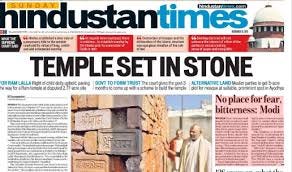
Varanasi’ silky trunk and lit waters. Like many Indian daughters, I grew up with a sense of awe around “the sari trunk.” Most Indian households have one—a vintage wooden or metal box brimming with saris passed down through generations. My mother’s trunk is no different. It’s filled with Varanasi silk saris.
Varanasi (also called Banaras) is world-famous for its Banarasi silk, considered among the finest in India. Traditionally made from pure mulberry silk, the art of weaving here dates back over 2,000+ years. The weaving is often a family legacy—generations of artisans working on handlooms in small workshops across the city.
Equally iconic is the city’s relationship with light—specifically, the “Ganga Aarti.” Every evening, as the sun dips behind the ghats, priests in saffron robes gather at banks to perform a grand aarti ceremony to the River Ganga, whom Hindus regard as a goddess. The light offerings reflect in the river, flames dancing over water, while flower-filled diyas float downstream. Its a sight to watch from the banks, or better yet through a sunset ride on the river.
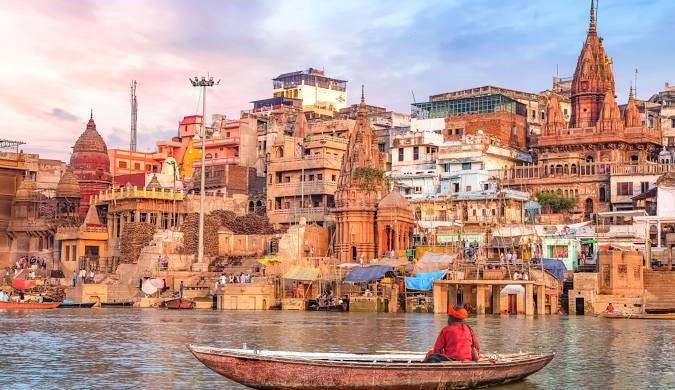
House of Cards. Beyond the sights to see and cities to explore, there’s one activity almost every household in Uttar Pradesh is familiar with—playing cards, or as we call it, tash. Don’t be surprised if you spot groups gathered in public parks or on street corners, sitting cross-legged on the ground, fully immersed in a round of cards.
It’s a beloved pastime, and also social ritual. Come Diwali, the biggest festival in India, card games go into overdrive—lavish card parties spring up across homes, often running well into the early morning hours. Some of these games involve money, edging into the territory of gambling. And while a few claim the winnings go to charity… of which I remain entirely unconvinced, although all would agree that it is a fun family sport.
Then there’s chess. I remember my grandfather teaching me how to play during one of our summer vacations. We’d often spend warm evenings on the balcony, playing game after game while snacking on fruit. Years later, I learnt that chess was actually invented in India! It was originally called Chaturanga and was designed to mirror strategies of ancient Indian warfare. The pieces reflected that too—the elephant (which later became the rook), the camel (which evolved into the bishop), and the horse (which we now know as the knight).
The pieces evolved as the game travelled across borders into the Middle East and finally Europe (See Christianity influence on pieces). I’ve started collecting chess sets from around the world, always curious to see how design, form, and symbolism shift across cultures. Its more aesthetic curiosity, I do not really play on the board much as much as I do on chess.com - maybe because virtual playing has made me more accustomed to looking at a chess board vertically straight vs horizontally - sigh technology.
